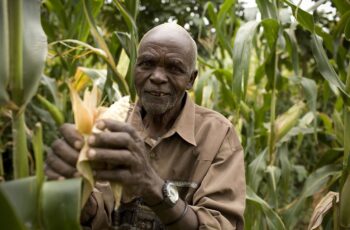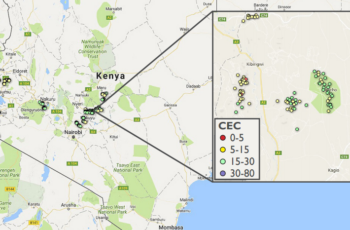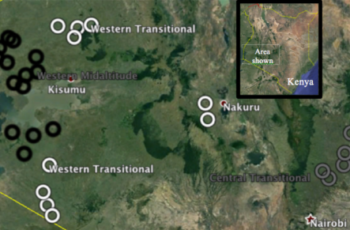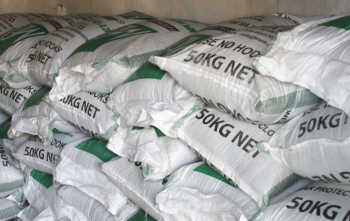Soil Variation and Why It Matters
Agrilinks Webinar
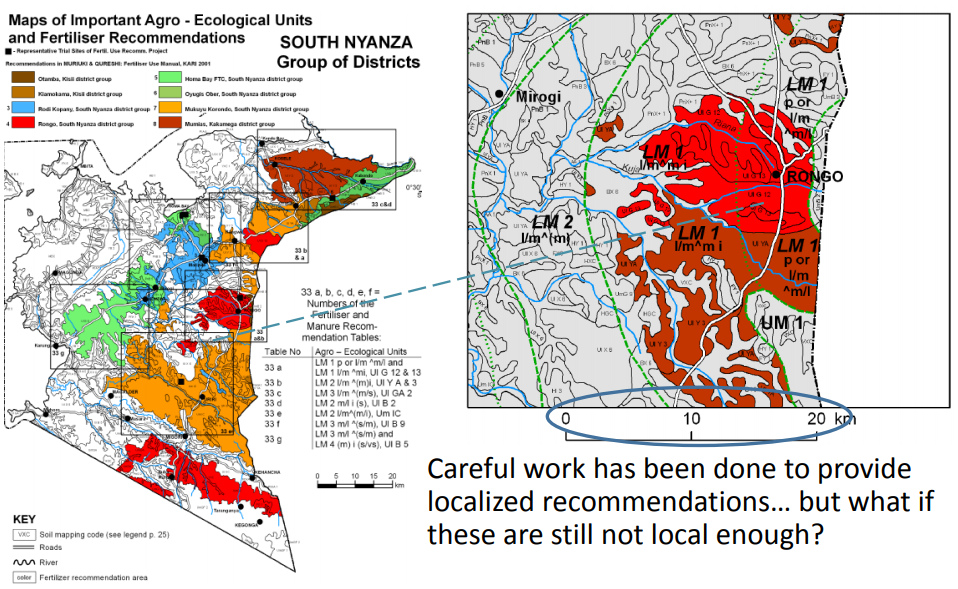
“Crop yields in much of the developing world remain below potential, partly due to low adoption of profitable technologies such as improved seeds and fertilizer. Some contend the problem is that soils are not fertilizer responsive, so increased investment in these inputs will not contribute to growth and development objectives. However, an alternative interpretation is that interventions designed to promote increased fertilizer use often ignore distinct soil variation. Publicly supported generalized recommendations for fertilizer and seed varieties overlook differences in soil type, reducing the productivity gains and thus discouraging uptake. This suggests that customized fertilizer and seed packages reflecting soil-specific input needs may succeed where one-size-fits-all policies have failed.”
The Dirt on Dirt – Learning About Soil Variability From Kenyan Household Data,” Emilia Tjernstrom and Michael Carter
“TOP Takeaways
- Hyper-local variation — Soil quality can vary in important ways at very local levels – even within a single village
- Input recomendations vary, too! — The optimal inputs vary substantially at this highly localized scale; recommendations for the median farmer may not be profitable for the majority
- Variability makes learning difficult — These underlying environmental characteristics vary locally – and this makes learning from other farmers more difficult
- Soil variability may be contributing to slow adoption — By worsening the ‘fit’ of un-tailored recommendations and by reducing farmers’ ability to learn from neighbors, soil variability might be slowing adoption of improved inputs
Learn more:
